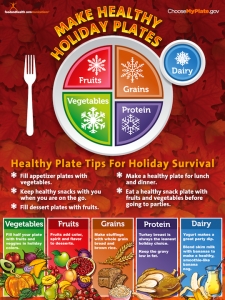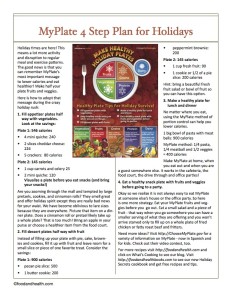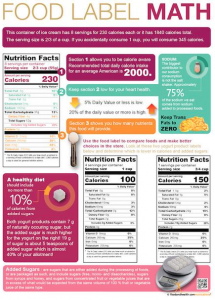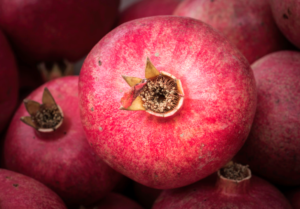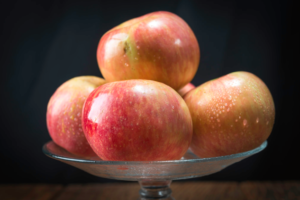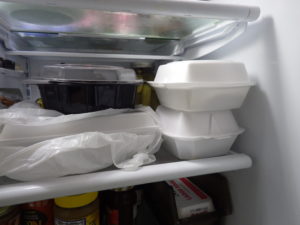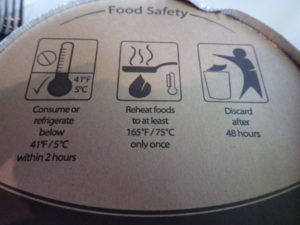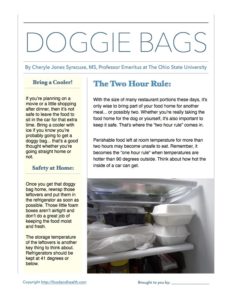Have you heard about the Food and Health Membership program? It’s chock-full of fantastic resources for educators, including…
- Access to all materials with a comprehensive, searchable database that is loaded with nutrition articles, chef-tested recipes, and engaging handouts.
- White-label newsletters that you can use to create your own content.
- Memorable handouts. Access all of these handouts in a library that is categorized for easy use.
- Presentation and interactive project ideas for wellness fairs, classes, lunch-and-learn sessions, cooking demonstrations, and health fairs.
- Chef-developed and exhaustively-tested recipes for meals that are both delicious and healthful.
- The latest food news and scientific research. (Since we don’t accept outside funding or sponsorship of any kind, we can bring you the latest news, free of bias).
- A translation tool that helps you translate all your articles for non-English-speaking clients. You can copy and paste to create handouts in all languages!
- A food and health celebrations calendar that features monthly themes, food- and health-related holidays, seasonal produce, relevant clip art, handouts, and more.
- Satisfaction, guaranteed!
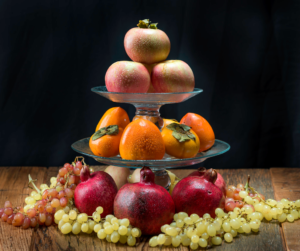
Today I want to share one of those popular articles with you. Lisa C. Andrews, MEd, RD, LD has put together a great guide for throwing and attending healthful holiday parties this year. Here’s what she has to say…
The holidays come upon us fast, and so can holiday weight gain… if you’re not careful. Below are some simple swaps to prevent “a little round belly that shakes when you laugh like a bowl full of jelly.”
1. Serve veggies and dip for appetizers. Pepper strips, grape tomatoes, and cucumbers look beautiful when arranged around a bowl of hummus or dip.
2. Swap plain Greek yogurt for sour cream in your favorite dips. Your guests likely won’t notice the change and they’ll get a nice dose of protein and calcium.
3. Sauté onions and garlic for stuffing in non-stick spray or low sodium broth in place of oil, butter, or margarine.
4. Try mashed sweet potatoes with orange juice, ginger, and cinnamon in place of marshmallows, brown sugar, and butter.
5. Use 1% or 2% milk in mashed potatoes in place of whole milk or heavy cream. This cuts calories and fat from the dish.
6. Keep selzter water on hand for “mocktails”. Pour over ice and add a twist of lime. Voila! No hangover.
7. Use whipped butter or light margarine in place of stick butter. This reduces fat and calories.
8. Use reduced-fat mayonnaise in place of full-fat mayonnaise in dips and dressings. Olive oil varieties provide heart-healthy monounsaturated fat.
9. Try a salad dressing spritzer in place of bottled dressings. Blend olive oil, balsamic vinegar, and dijon mustard together for your own dressing.
10. Substitute jarred baby prunes, mashed bananas, applesauce, or plain yogurt for the fat in baked goods (such as quick breads).
11. Split desserts with your spouse, a friend, or other party guests. You may not be hungry for a full piece of pie, anyway.
12. Chop vegetables and add them to soups, stews, salads, and casseroles. This boosts the fiber and nutrient content, and also adds color to your dish.
13. Add seasonal fruit such as apples, pears, or pomegranates to salads in place of dried fruit. This adds texture and taste to your salad while reducing added sugar.
By Lisa C. Andrews, MEd, RD, LD
Remember, this article (and thousands of others) was only available to members until I decided to preview it today. If you liked what you saw, check out what a membership entails or just sign up today!
Oh, and here’s a printable version of the handout Lisa wrote…
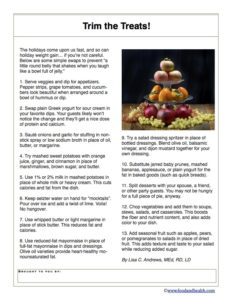
And here are some other holiday resources…







